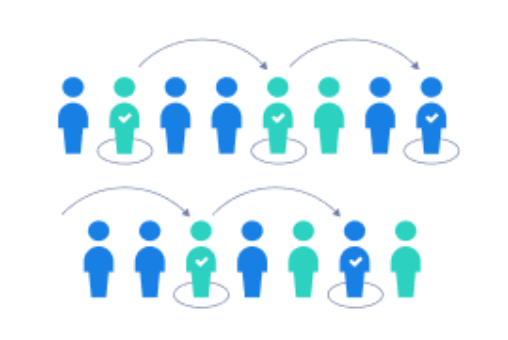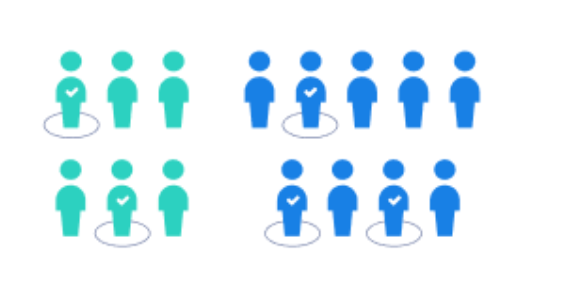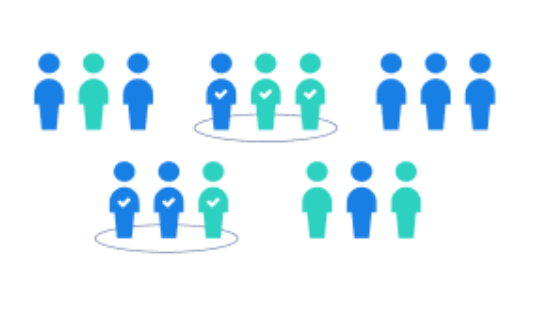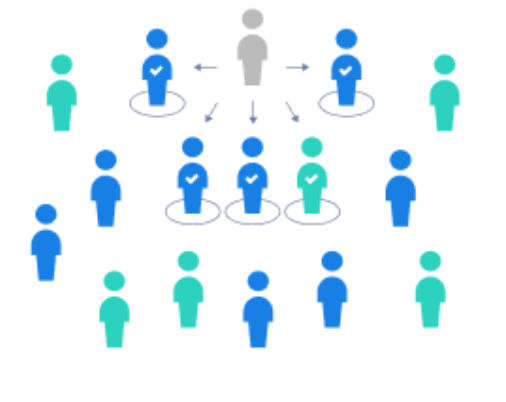Sampling Techniques and Bias
1/13
There's no tags or description
Looks like no tags are added yet.
Name | Mastery | Learn | Test | Matching | Spaced |
|---|
No study sessions yet.
14 Terms
Simple Random Sample
A sampling method where each member of a population has an equal chance of being selected, ensuring that the sample is representative of the whole population.

Systematic Random Sample
Every nth member of the population is selected.

Stratified Sample
Population is divided into subgroups and a random sample is selected from each subject in proportion to its size in the population.

Cluster Sample
Population is divided into clusters and a certain number of clusters are chose. Every member of these clusters is part of the sample.

Convenience sample
Sample contains members of the population from which data is most easily collected.

Multi Stage Sampling
Method that uses several levels of random sampling and creating groups.

Voluntary Response Sample
Sample contains those members of the population that they themselves have chosen to respond to the survey.
Sampling Bias
When the sampling frame does not accurately reflect the population.
Non-response Bias
Certain groups are underrepresented because of their choice to not participate.
Voluntary Response Bias
Sample members are self-selected. There is an overrepresentation of those with strong opinions.
Measurement Bias
Data-collection method consistently under or over estimates a characteristic producing skewed results.
Environment Bias
Occurs when the sample environment influences respondents' answers, leading to inaccuracies in data.
Leading and Loaded Questions
Questions that prompt or suggest a specific answer, creating bias in responses.
Response Bias
Participants deliberately give false/misleading answers.